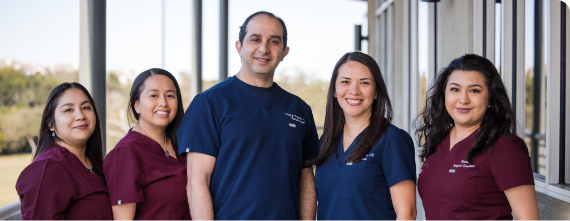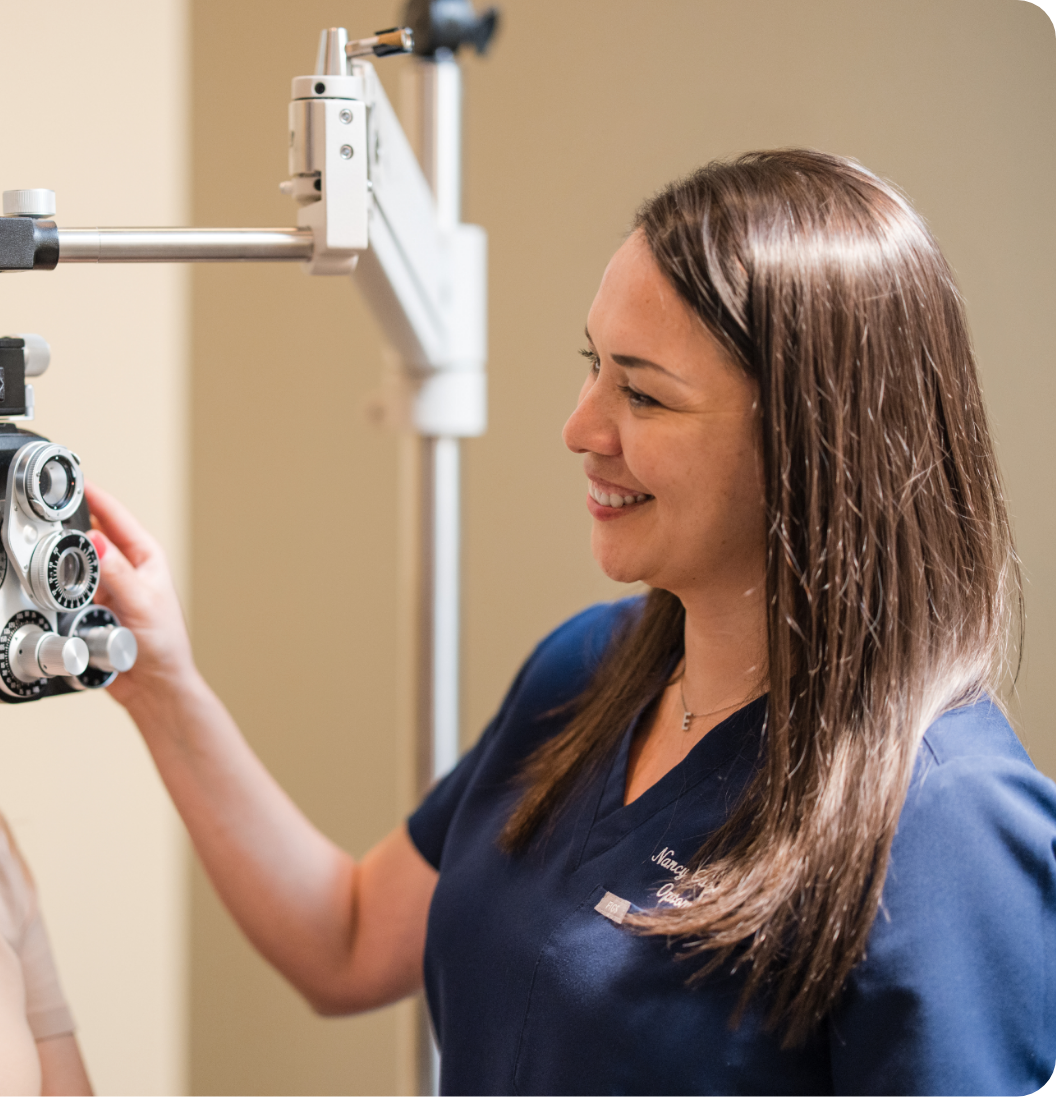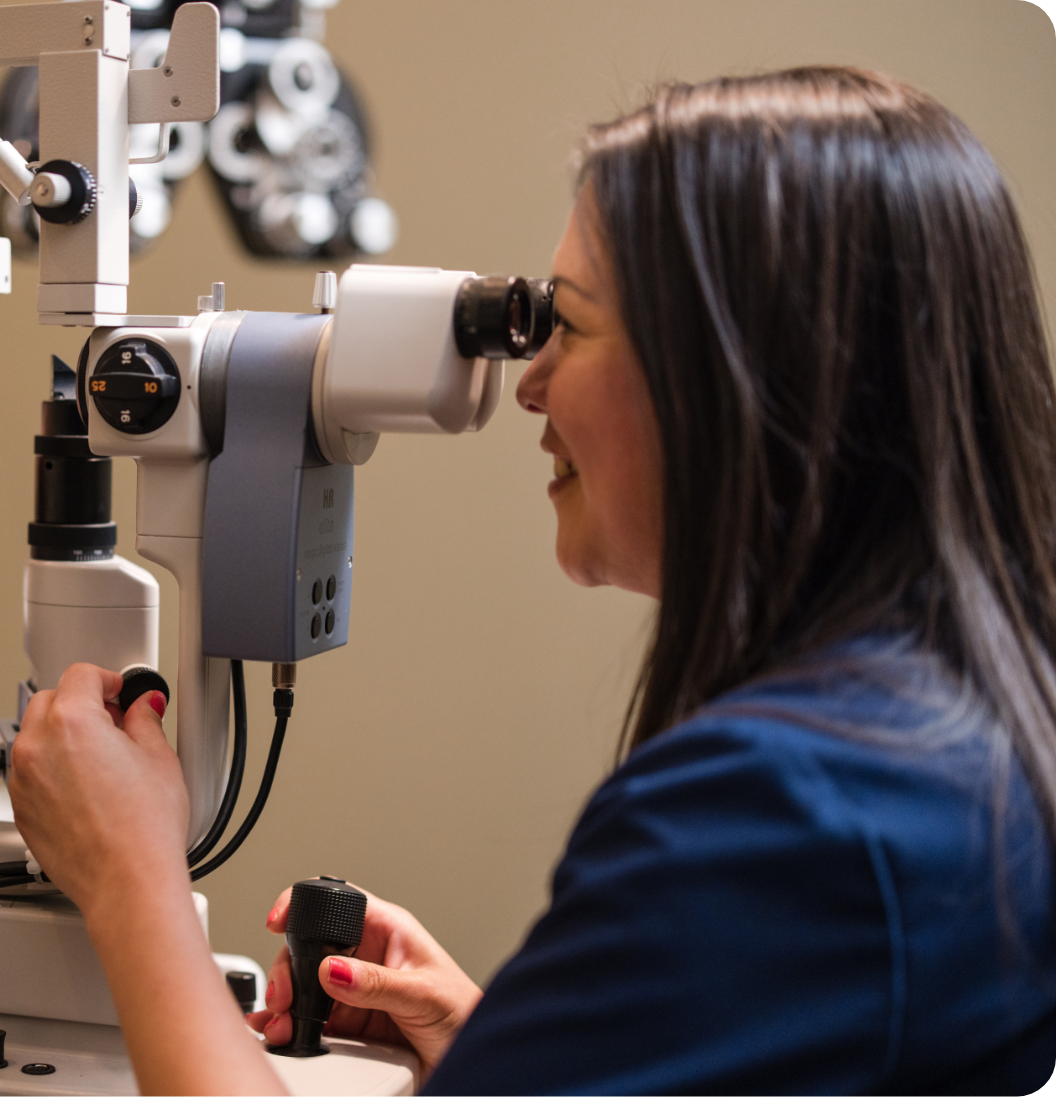Statistics indicate that over 16 million adults in America have been diagnosed with Dry Eye Syndrome, an eye condition that can have a significant impact on your day to day living. It is most common in those over the age of 50, however it can occur at any age.
What is dry eye syndrome?
Dry Eye occurs when your natural tears can’t provide sufficient moisture for your eyes. This happens when your eyes can’t produce enough tears, or the tears they do produce are poor quality.
Good quality tears effectively cover your eyes in a tear film. This film is made up of 3 layers: oil, water that contains salts, and mucus. If you don’t have enough of any of these 3 components in your tears, Dry Eye can occur.
Too little oil will cause your tears to evaporate too quickly, while a lack of water in your tears means only the oil and mucus layers really mix, resulting in a thick, mucus-like discharge from your eyes. If your tears don’t have enough mucus, they won’t cover your eyes evenly, resulting in dry spots.
Other less common causes of Dry Eye include eyelid abnormalities and Bell’s palsy.

Dry eye syndrome symptoms
Whatever the cause of your Dry Eye, you will likely experience several symptoms including:
- stinging, burning or a gritty sensation in your eyes
- blurry vision, especially while you are reading
- mucus-like discharge
- red or irritated eyes
- watery eyes, which is the body’s response to the irritation of dry eyess
- sensitivity to light
- difficulty wearing contact lenses
- difficulty with night-time driving
What is the latest treatment for dry eye syndrome?
There are several different treatments for Dry Eye and our Eye center in San Antonio offers an array of treatments for effective and long-term relief of symptoms. Our eye doctors are on hand to analyze the extent of your condition and create a customized treatment plan for you.
With enhanced technology to treat dry eyes, we find that many of our patients experience improvement in 1 to 2 lines of vision, despite having previously been advised by other eye doctors that they should give up on any further vision rehabilitation. This is done with advanced Dry Eye scanning technology and aggressive treatment with multiple treatment options.
The most common Dry Eye Syndrome treatment used today for mild to moderate cases includes prescription lubricating eye drops and eye ointments.
Prescription eye drops can replenish your tear film as well as encourage your eyes to produce more tears. For moderate cases, we may also recommend using eye ointment, which is greasier and thicker than eye drops and is usually applied before you go to sleep to help keep the surface of your eyes moisturized for longer.
More severe cases of Dry Eye can be treated with:
- Steroid eye drops — these reduce the inflammation caused by Dry Eye for improved comfort
- Punctal Plugs – these are made of collagen or silicone and are placed into the duct where your tears drain from to help them remain on your eyes for longer. Your eye doctor will either insert temporary plugs, which dissolve naturally and are safely absorbed by your body, or a semi-permanent version made of medical-grade plastic.
- Lipiflow® – a revolutionary treatment that uses thermal pulsation to treat one of the root causes of Dry Eye Disease – Meibomian Gland Dysfunction (MGD). Learn more about Lipiflow® treatment here.
If you’re suffering from Dry Eye, get in touch with our expert team at TLC San Antonio to get rapid relief with the latest personalized treatment for Dry Eye Syndrome today.







